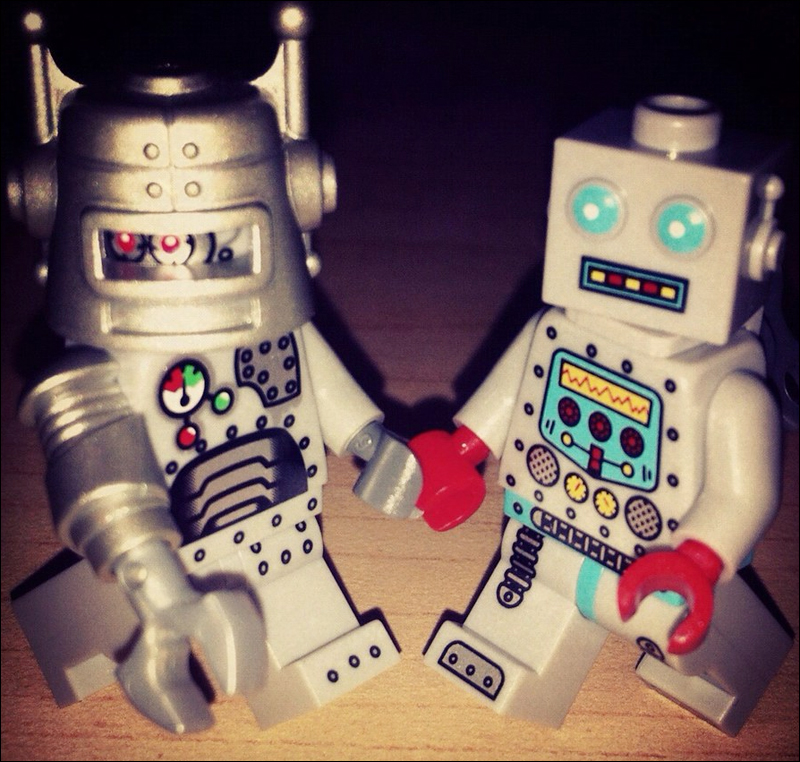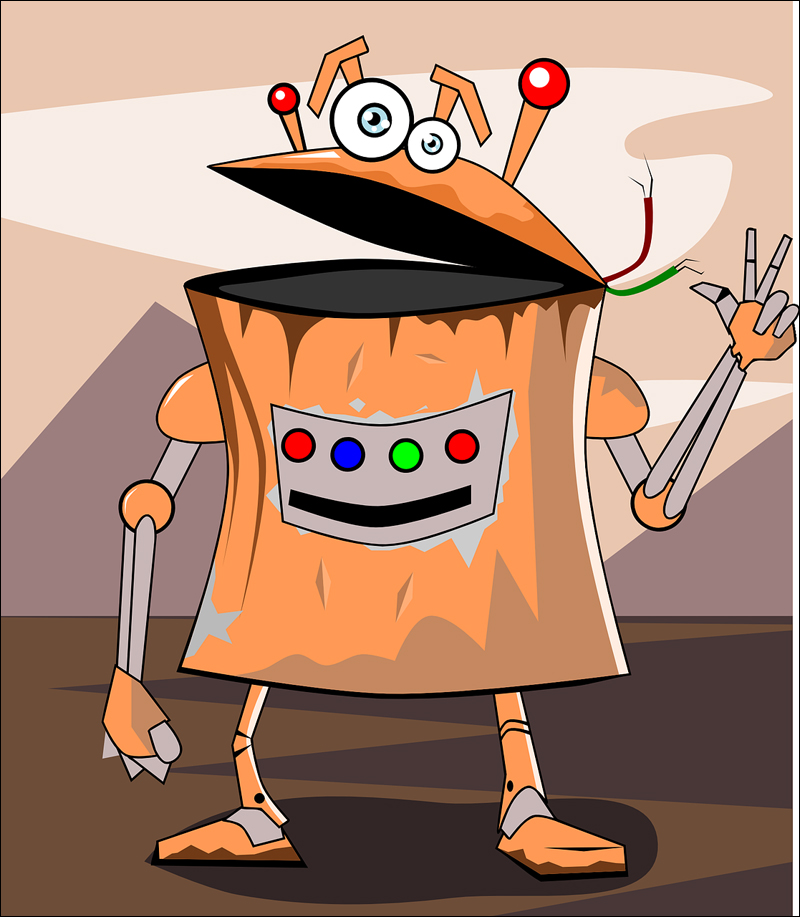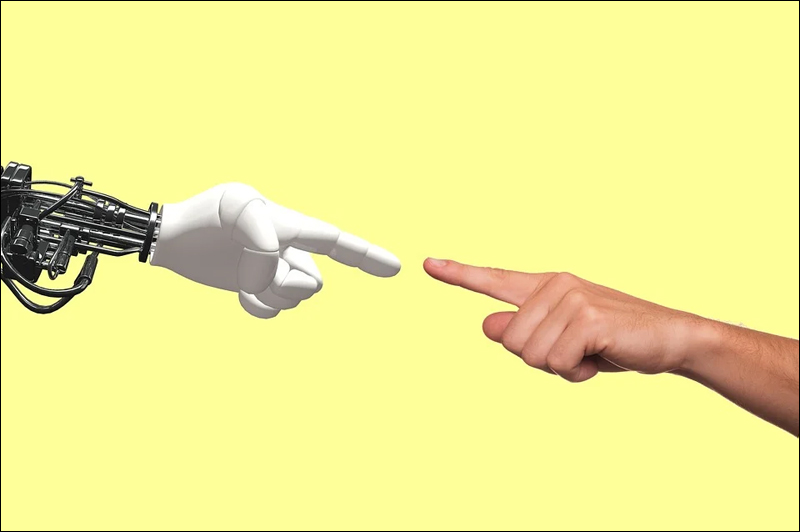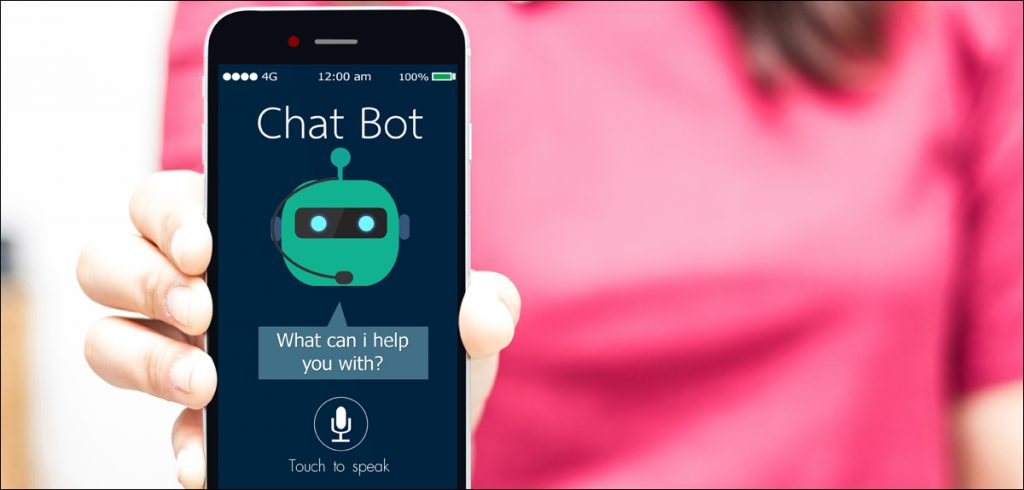From ordering taxis to getting movie tickets, checking into airplanes, and hotels, or even booking reservations and doctor’s appointments, modern Chatbots can do it all, says Nigel Pereira
While people have always questioned the authenticity, intelligence, and overall effectiveness of Chatbots when dealing with real human problems, Insider Intelligence predicts that consumer retail spending via chatbots worldwide will reach $142 billion, up from just $2.8 billion in 2019. That’s a huge jump and a lot of it can be attributed to how modern AI-powered Chatbots are revolutionizing the overall Customer Experience. From ordering taxis to getting movie tickets, checking into airplanes, and hotels, or even booking reservations and doctor’s appointments, modern Chatbots can do it all.
Natural Language Processing (NLP)

Imagine walking into a hotel tired after a long journey, and being greeted by an AI assistant who informs you that the air conditioner is set to your preference, your favorite playlist is loaded and ready, and a hot bath has been drawn. That’s the level of customization and personalization that modern AI Chatbots and Virtual Assistants offer and they’re only getting better. While traditional Chatbots were basically pre-programmed interfaces that could understand and reply to a fixed set of questions, technological advancements in AI, Machine Learning, and Natural Language Processing have helped take things to another level.
As opposed to traditional “rule-based” bots where all communications need to fall within a given set of parameters for the conversation to make any sense, NLP allows chatbots to make sense of pretty much anything we want to say to them. It does this by using a combination of technologies like neural networks, machine learning, and deep learning tools, to conduct long and complex conversations while retaining context and also understanding human sentiment and intent. These NLP-powered “language models” can also be integrated with external knowledge sources like calculators, currency converters, weather apps, and wiki data.
Conversational AI

While NLP can be further subcategorized into Natural Language Understanding (NLU) and Natural Language Generation (NLG), we’re going to try and explain conversational AI without getting too “textbook” about it. Most of us were taught in schools that computers were “dumb” machines that couldn’t do anything for themselves without specific human input. With neural networks, that’s not necessarily true anymore. Neural networks are the foundation stone of Deep Learning and are basically computer nodes arranged in a manner that mimics how the biological neurons in the human brain signal to each other.
It’s these artificial neural networks that not only allow AI-powered Chatbots to learn languages in pretty much the same way a human child would, but also to keep improving on their understanding without any human input. Yes, computers are no longer dumb machines, and with the amount of data that human beings are generating and feeding to these neural networks, they are getting smarter at an unprecedented and unimaginable rate. As opposed to replying with a fixed set of answers, Conversational AI can maintain conversational context, make judgment calls based on previous experiences, and also judge human mood and intent! Amazon’s Alexa and Apple’s Siri are two examples of Chatbots with conversational AI capabilities.
Chatbots and the end-user experience

Now human beings produce about 2.5 quintillion bytes of data per day and 80-90% of the world’s data is unstructured. What this means is unlike structured data like names, addresses, and telephone numbers, this is texts, videos, audio, and data collected from sensors, IoT devices, smartphones, smart TVs, etc. While it’s virtually impossible for human beings to use unstructured data to gain valuable insights into business processes, AI-powered Chatbots can use it to understand and even predict user behavior. If you ever wondered how Google or Facebook seems to know exactly what you like or are interested in, now you know.
Additionally, Chatbots can be combined with a number of different technologies like Robotic Process Automation (RPA) to help lower the burden on employees by performing high volume, repetitive tasks that are time-consuming and labor-intensive. As opposed to human beings who get tired and need sleep, breaks, and coffee, AI-powered Chatbots can work tirelessly on infinite amounts of data without losing speed, efficiency, or accuracy. Not only does this reduce attrition and make the workplace more endearing, but it also allows employees the time to deal with customers with actual problems that can only be addressed by humans.
AI powers the future
Chatbots have come a long way since 1966 when the first Chatbot called ELIZA successfully simulated a psychotherapy session with a human. Fast-forward to 2022 and we have Chatbots for everything from Retail to Banking, IoT, Human Resources, and even Healthcare. A good example is the COIN Chatbot launched by JPMorgan Chase which can analyze complex legal documents in a few seconds. Add to this the fact that Chatbots are a lot cheaper to hire and a lot simpler to scale than humans, it’s only a matter of time before Gartner’s 2020 prediction comes true and conversations with chatbots become more common than with human spouses.
In case you missed:
- Mainstream AI workloads too resource-hungry? Try Hala Point, Intel’s largest Neuromorphic computer
- How AI Is Helping Restore the World’s Coral Reefs
- This computer uses human brain cells and runs on Dopamine!
- CES 2025: NVIDIA’s Cosmos Just Gave Robots a ‘ChatGPT Moment’!
- Lab-Grown Brain Thinks It’s a Butterfly: Proof We’re in a Simulation?
- Prophetic Halo: Turning Dreams into Conscious Playgrounds
- NVIDIA’s Isaac GR00T N1: From Lab Prototype to Real-World Robot Brain
- Could the Future of Communication Be Holographic?
- These AI powered devices add smells to virtual worlds
- China launches world’s first AI-powered underwater data centre!









